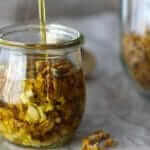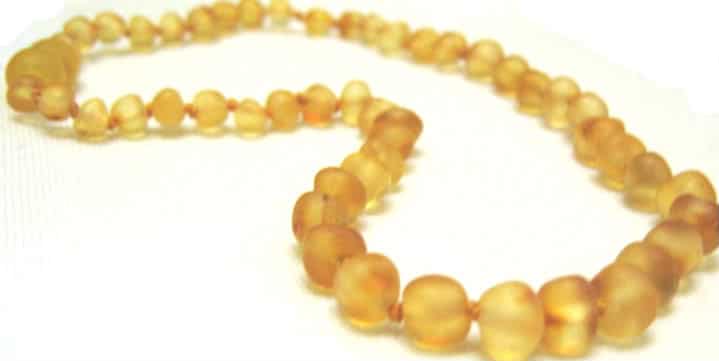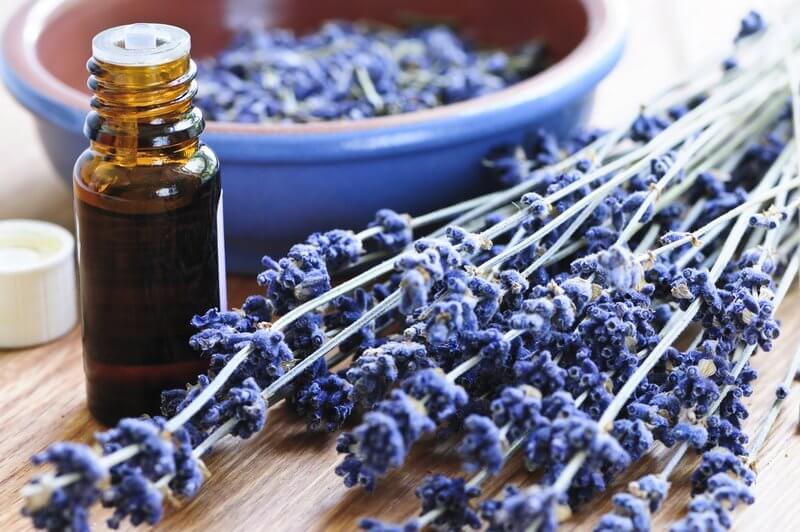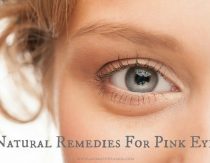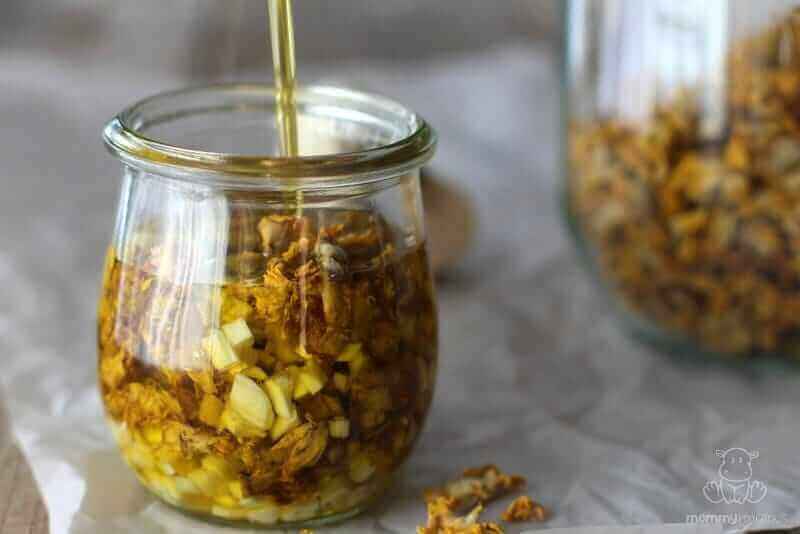
Mullein and garlic infused olive oil is one of the most popular natural remedies for ear infections/earaches, and for good reason. In folk medicine, mullein is revered for its ability to ease discomfort, and garlic is well-known for its immune supporting qualities. Both are used to encourage circulation and lymphatic flow, which may be helpful when ear discomfort is due to fluid buildup. (1) (2)
According to The Herbal Apothecary:
Author and herbalist Louise Tenney claimed that mullein is an excellent pain reliever, relaxing the mind and central nervous system to calm inflamed and irritated nerves, and it can be particularly helpful for those who are having trouble sleeping.”
These therapeutic qualities are likely due to constituents such as coumarin and hesperidin, which have been the subject of research regarding analgesic properties. (3) (4)
Studies Say Mullein Garlic Oil Helps With Ear Discomfort
In How Ancient Remedies Are Changing Modern Medicine, National Geographic author Peter Gwin describes traditional remedies as a “trove” for researchers to look through as they search for modern therapies. Although not mentioned in that article specifically, there does seem to be some research on mullein and garlic oil which supports its use for earaches.
In this study, researchers found that ear drops containing mullein (Verbascum olympicum), garlic (Allium sativum), calendula flower (Calendula officinalis) and St. John’s Wort flower (Hypericum perforatum) in a base of olive oil were “as effective as Anaesthetic ear drops . . . for the management of AOM-associated ear pain.”
In another study published in the well-respected journal Pediatrics, researchers used the same blend of ingredients listed above (garlic, mullein, calendula and St. John’s wort in olive oil) plus lavender flowers and vitamin E. The study divided 171 children into four groups which received various combinations of interventions.
- Just herbal ear drops
- Herbal ear drops plus antibiotics
- Anesthetic ear drops plus antibiotics
- Herbal ear drops plus anesthetic ear drops
The study concluded that “Each group had a statistically significant improvement in ear pain over the course of the 3 days. Patients who were given ear drops alone had a better response than patients who were given ear drops together with amoxicillin. Results were better in the NHED group than in the controls. Nevertheless, the findings indicated that the pain was mostly (80%) self-limited and could be explained simply by the time elapsed. ” (emphasis mine)
What else is mullein helpful for?
Before we dive any further, I want to mention that although this article has been reviewed by Dr. Scott Soerries, MD, Family Physician and Medical Director of SteadyMD, it is not personal medical advice and none of these statements have been evaluated by the FDA. As always, please talk with your healthcare provider about any herbal remedy, supplement, or dietary changes.
That said, I like to keep mullein leaves and flowers on hand for several things, like:
- Respiratory Support Tea – According to The Complete Gardeners Guide, “a tea made from leaves, flowers or both (one teaspoon to one cup boiling water) is said to alleviate hoarseness and bronchial catarrh.”
- Deep Sleep/Relaxation Tea – “A brew created from the flowers alone is reputed to allay pain and induce sleep.” (The Complete Gardeners Guide)
- Skin Care – Mullein leaves and flowers are often added to calendula salve to soothe minor burns (including sunburns), cuts, and other irritations.
I don’t have mullein, can I just use garlic?
Yes! Many people have found a simple garlic oil infusion to be helpful for earaches. You can also add things in if you have them on hand – calendula or St. John’s wort would be good options.
Is there anything else I need to know?
If the eardrum is perforated, nothing should be put in the ears. This Dr. Mom pocket otoscope – which is available on Amazon – was designed by an ER physician to help moms know what is going on when their little ones have an earache. It comes with a link to high resolution photos of normal and abnormal eardrums. The doctor also includes instructions on how to properly use the otoscope for best viewing results.
Can I buy garlic and mullein oil?
Yes, Herb Pharm makes one that’s infused with garlic and mullein, plus soothing calendula and St. John’s Wort. You can find it here.
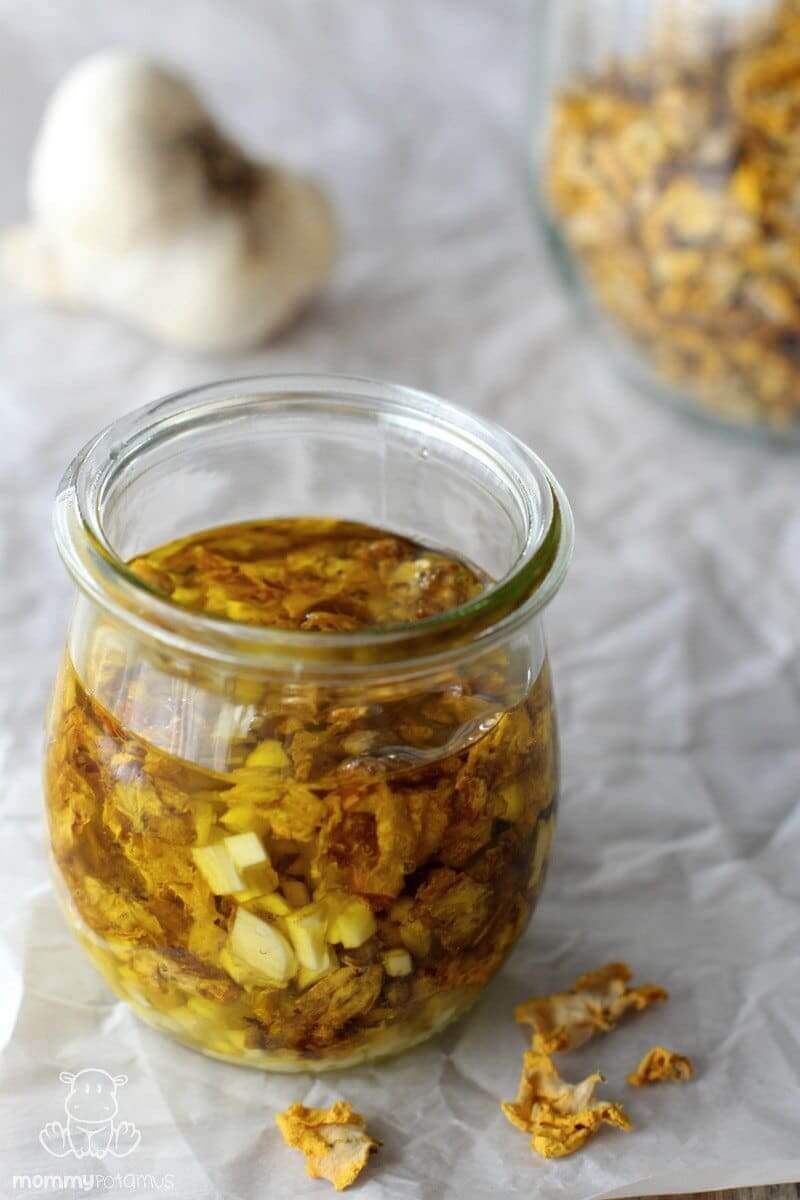
How To Make Mullein & Garlic Oil for Earaches
Equipment
- Slow cooker or double boiler (If you don’t have a double boiler you can use a stainless steel bowl set inside a pot of boiling water)
- Glass dropper bottle
Ingredients
- 2 tbsp fresh garlic (minced)
- 2 tbsp mullein flowers
- olive oil (enough to cover the garlic and mullein)
Instructions
Method 1 (Fast)
- Place mullein flowers and garlic in a clean, dry glass jar. Next, pour in the olive oil – add enough so that the mixture is covered.
- Cover the jar with cheesecloth or a paper towel secured by a rubber band.
- Place a kitchen towel in the bottom of your slow cooker and place your jar inside. Add enough water to cover about half the jar (making sure not to let the water touch the cheesecloth) and set to the lowest setting for 2-3 hours.
- Strain out the oil using cheesecloth and pour the oil in a clean, glass jar. Store in the fridge or the freezer (to preserve freshness) until needed.
Method 2 (Faster)
- In Herbal Recipes For Vibrant Health, Rosemary Gladstar suggests a quicker method than the one above: Place mullein and garlic in a double boiler and cover with olive oil. Allow to infuse over low heat for 20-30 minutes, then strain out the garlic/mullein. Store in the fridge or the freezer (to preserve freshness) until needed.
Notes
 Tried this recipe?
Mention @mommypotamus or tag #mommypotamus!
Tried this recipe?
Mention @mommypotamus or tag #mommypotamus!
How To Use Mullein And Garlic Oil
Place your glass dropper bottle in warm/hot water until it reaches body temperature, then place “3 or 4 drops into the ear. Massage the outer ear and around the base of the ear after applying the oil. Administer the warm herbal oil every 30 minutes or as often as needed. Any excess oil will drain out on its own within a few minutes.” (5)
Frequently Asked Questions
I asked a clinical aromatherapist about adding lavender essential oil to this blend and she strongly advised against it. Personally, this blend has worked beautifully for my family as-is, and there are safer comfort measures that can be paired with it.
A warm salt sock can be a great addition to herbal ear drops. I first read about salt socks in a book by pediatrician Lillian Beard, M.D. – I admit I was skeptical, but it really did help my little one relax and get some much needed sleep.
According to Dr. Beard, “I have recommended this to parents over the years, and many have reported that it works. My theory is that the heated salt retains the soothing warmth that eases the child’s discomfort. Perhaps the salt also draws out fluid from the painful ear. In doing so, it might decrease middle ear pressure.”
Want more research-backed natural remedies?
No problem, I’ve created a free ebook for you – Kitchen Apothecary: 25+ Natural Remedies Using Ingredients From Your Pantry – as a gift for signing up for my newsletter. You’ll also get updates when I post about safe essential oils for pregnant/breastfeeding mamas, exclusive gifts and coupons (I was able to give away a jar of free coconut oil to anyone who wanted it recently!), plus other goodies.
Sign up using the form below.
This article was medically reviewed by Dr. Scott Soerries, MD, Family Physician and Medical Director of SteadyMD. As always, this is not personal medical advice and we recommend that you talk with your doctor.
Sources
1. Anim-Nayme, N et. al. (2004) Garlic Supplementation Increases Peripheral Blood Flow: A role for interleukin 6?
2. Horne, Steven (2009) Decongesting The Lymphatics
3. Bolakatti, GS et. al. (2008) Synthesis and Evaluation of Anti-inflammatory and Analgesic Activities of a Novel Series of Coumarin Mannich Bases
4. Gupta, Richa and Jagit, Kaur (2015) Evaluation of Analgesic, Antipyretic and Anti-Inflammatory Activity on Cordia dichotoma G. Forst. Leaf
5. Gladstar, Rosemary (2008) Rosemary Gladstars Herbal Recipes For Vibrant Health

